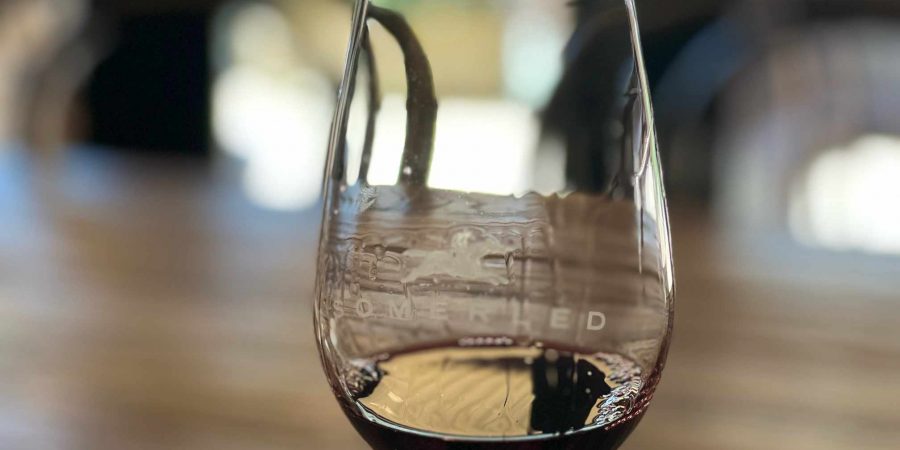And before you call HR on me, I’m talking about the wine!
 When you swirl a glass of wine, it’s not just about looking good in front of your friends!
When you swirl a glass of wine, it’s not just about looking good in front of your friends!
This important ritual can reveal a lot about the wine’s character.
One intriguing aspect of this wine-swirling experience is the phenomenon of “wine legs”.
These graceful streaks that form on the inside of the glass can tell you more than you might think about the wine’s alcohol and sugar content.
Let’s delve into the science behind wine legs and what they can reveal about your wine.
What Are Wine Legs?
Wine legs are those beautiful, viscous streaks that appear on the inside of your glass after swirling it gently (or even taking a sip).
They slowly trickle down the sides, resembling tears running down a windowpane. As such, you also many hear them called “tears”
This captivating sight has fascinated wine enthusiasts for centuries, but what causes it?
The Science Behind Wine Legs
Wine legs are primarily a result of the interaction between a couple of key factors:
1. Alcohol Content
The most significant contributor to wine legs is the alcohol content. As you swirl the wine, it coats the sides of the glass.
Because alcohol has a lower surface tension than water, it forms droplets that flow down the glass at a different rate than the more watery components of the wine.
2. Viscosity
Viscosity refers to a liquid’s resistance to flow. Or, if like me, that description makes your head hurt, think of it as the state of being thick, sticky, and semi-fluid in consistency.
In wine, viscosity is influenced by factors such as sugar content and the presence of phenolic compounds.
Wines with higher viscosity will have thicker, slower-moving legs.
3. Surface Tension
The difference in surface tension between the wine and the glass causes the droplets to form and slide down the glass. The slower the wine flows down the sides, the more pronounced the legs appear.
For those of you after extra credit…
Wine legs are an example of the Gibbs-Marangoni Effect.
This a phenomenon that happens when different parts of a liquid surface have different strengths in their tendency to stick together.
This can occur when one area of the liquid gets hotter or colder than another. When this happens, the liquid tends to move from the hotter area to the cooler one, creating flows or currents.
You can think of it like how water moves when you touch an ice cube with a warm finger, causing the ice to melt and water to flow towards your finger.
This effect is important in various scientific and industrial processes, including cooking, chemistry, and materials science.
In fact, you can read an awesome article that NASA did on the Gibbs-Marangoni Effect in space.
Loving our blog? Sign up for weekly updates straight to your inbox…
What do Wine Legs Indicate?
Despite what you may have heard, wine legs are not an indication of quality of wine.
It’s actually a scientific phenomenon that can tell you key information about the alcohol level in wine.
1. Alcohol Content
Faster-moving legs can suggest a higher alcohol content, as alcohol evaporates more quickly than water. If you notice thick, slow-moving legs, it may indicate a wine with more alcohol.
2. Viscosity
As mentioned earlier, the thickness of the legs can provide clues about the wine’s viscosity. This can be associated with factors like sugar content and grape variety.
3. Age
Older wines tend to have more pronounced and slower-moving legs. This is because they often contain more complex compounds, such as tannins, which contribute to the wine’s viscosity.
While wine legs may not tell the whole story about a wine’s taste and quality, they do provide an intriguing glimpse into its composition.
So, go ahead, swirl your wine with confidence, and let the legs reveal some of its secrets.
